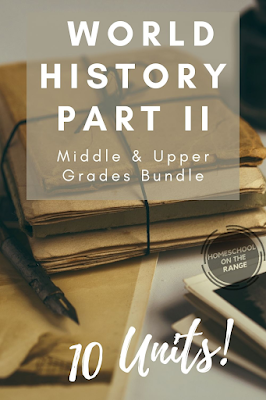January 24, 1848, James Marshall discovers gold in California, kicking off the California Gold Rush – an event that not only helped define California, but the entire nation...
Marshall
discovered gold while working at a mill owned by John Sutter. Sutter’s Mill was a water-powered sawmill in a sleepy little area in the foothills of the Sierra Nevada Mountains. Less than two weeks after he found a few flakes of gold in the South Fork American River, the Treaty of Guadalupe Hidalgo was signed in Mexico City, ending the Mexican-American War. Shortly after the discovery, a local merchant, traveled to San Francisco to spread the news that gold had been found on the American River....and the
Gold Rush had begun!
Once news began to spread, miners flocked to the foothills of the Sierra Nevada. These “Forty-niners” were mostly unmarried men who came from all over the United States and around the world to strike it rich quickly. At the beginning of the Gold Rush, there were no laws about property rights. People ‘staked claims’ on property and relied on an honor system. During this era, there was a lot of violence and most people lived very poorly.
Mining was extremely difficult work, and it was the merchants who tended to enjoy the most success in finding fortune. Although tens of billions of dollars of gold was recovered, that wealth only went to a few. Most of the miners who came seeking fortune earned little more than they had started with…or lost. That first flake of gold was shipped to President James Polk, and is now on display at the National Museum of American History in the Smithsonian Institute.
With the flood of newcomers, new cities and towns sprung up all throughout the area. The new stores, theaters, and saloons found success in the business from miners. Stockton, Sacramento, and San Francisco are all towns that boomed during the Gold Rush. Not only this area, but all of California experienced this kind of growth at the time -- it went from a state of less than 20,000 people in 1845 to a state of 200,000 by the end of the 1850s. Most newcomers came from across the United States, as well as China, Australia, and Mexico. This mass immigration, plus the money the gold brought in, changed the region profoundly. In 1850, California became a US state.
Our spine read for this unit is Gold Rush Girl (Avi) Includes ten unit studies (plus a bonus!) covering World History. Each unit addresses a new topic, spanning from Ancient Hawaii to modern-day. There is also a study of archaeological concepts. Each unit has introductory text, which will give the student basic background information about the topic at hand.
Includes ten unit studies (plus a bonus!) covering World History. Each unit addresses a new topic, spanning from Ancient Hawaii to modern-day. There is also a study of archaeological concepts. Each unit has introductory text, which will give the student basic background information about the topic at hand.
- There are photographs and illustrations, and we have also included primary documents when available.
- After this text, there are featured videos, which augment the background information and help make the topic more accessible for more visual students.
- You will also find a short list of reading books, including a featured novel that the unit builds upon.
- There are vocabulary words, places, and people to identify.
- Reading comprehension, critical thinking questions, and writing assignments are included.
- We add fun with hands-on activities and extra videos to watch that will bring the era to life.
These studies are directed toward upper grades students, but some have resources for younger students so that the whole family can work together. Our family has used unit studies as curriculum for many years, and we hope that your family will enjoy these, too!
Product samples: Motel of the Mysteries & Encounter
Includes:
- Motel of the Mysteries
- Island Boy
- Encounter
- The Odyssey
- A Loyal Foe
- Indigo Girl
- Gold Rush Girl
- Around the World in 80 Days
- Number the Stars
- To Kill a Mockingbird
- House of the Seven Gables (bonus)









.jpg)










































